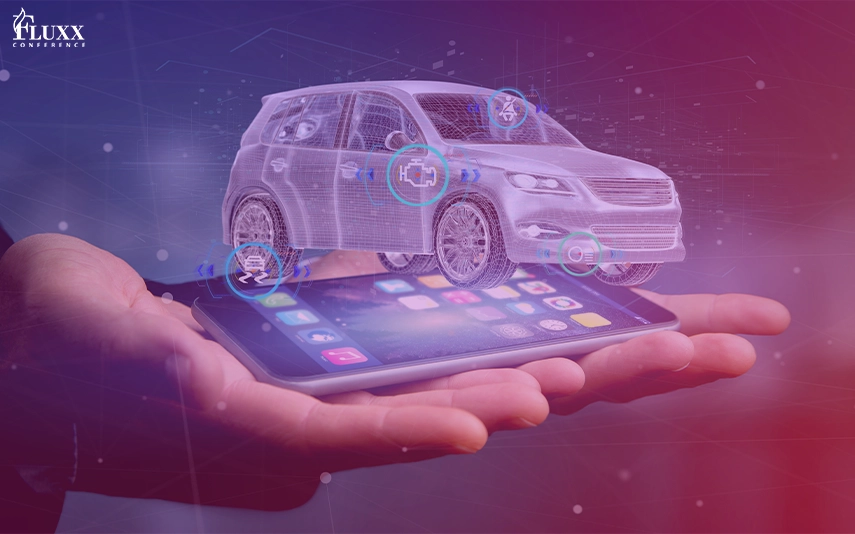
5 Common Auto Marketing Myths Debunked for Beginners
Auto marketing is a world moving at breakneck speed where misinforming things are spreading at a rate even faster than a luxury car accelerating to the top speed. New marketers are often tricked by the usage of old tactics, fame of strategies that are not as great as they sound and the use of digital buzzwords that might sound nice but don’t bring any results.
The fact? The things that were working five years ago might well be the reason why your campaigns are not yielding any results today. It is time to stop the confusion by hitting the brake and find out what the truth is behind the most common auto marketing myths that possibly have been your guiding path in the wrong direction.
Myth 1: “Only Big Budgets Can Win in Auto Marketing”
This misconception has been the reason for small dealerships and auto startups that have not dared to try. Few of them think you must have thousands of dollars to cause a splash. But here’s the reality—strategy beats spending.
Moreover, targeted online ads, well-thought-out social media campaigns, and local SEO can yield better results than a big, unplanned campaign every time. The main thing is accuracy—knowing your target market’s place, interests, and time. An ad budget of $500 can deliver more excellent results than a $5,000 one if it is efficiently optimized. So when next a person tells you that auto marketing is for “big players” only, find out by yourself, are they using a strategy or just wasting money?
Myth 2: “Email Marketing Is Dead”
If you think that e-mail advertising is outdated, you need to rethink your opinion. Researches imply that electronic mail continues to be one of the most worthwhile channels in digital advertising—especially inside the car quarter.
Think about it—what may be more personal than an e-mail that reminds an automobile owner approximately of the coming service or gives a restricted-time deal on a new version he was interested in? The secret is in personalization and timing. Dividing your audience and generating content tailored to them will cause them to view your emails as precious communication in place of unsolicited mail.
Myth 3: “Social Media Is Only for Brand Awareness”
Social media is not only a medium where uncovered pics of motors and films for advertising may be published but a motor with giant energy that can be used for selling. Presently, Facebook, Instagram, and pinterest facilitate direct lead era thru in-built forms and dynamic retargeting ads.
But here’s the catch: most marketers treat social media as a “posting ground,” not a conversation space. Customers don’t just want to see your cars—they want to talk, ask, and engage. The real question isn’t whether social media sells—it’s whether you’re using it to connect or just to broadcast.
Myth 4: “SEO Doesn’t Matter in Auto Marketing”
This myth might be the most harmful of all. Many dealerships have a habit of solely depending on paid ads for their business, thus, they do not pay much attention to SEO and assume that it is too complicated or slow. However, it is through search engines that buyers start their journey with the most seriousness.
When a person inputs “best SUV 2025 near me” or “used electric cars under $20,000,” he or she is not searching; rather, he or she is buying. If you do not have SEO, your business will not be part of that conversation. Local SEO strategies like updating Google Business Profile with the correct NAP (Name, Address, and Phone number) information and ensuring consistency in NAP listings are instrumental game changers for local businesses.
Myth 5: “Online Reviews Don’t Influence Buyers”
What you have to know is that 92% of car purchasers look for reviews before they reach out to a dealership. Reviews are considered as the new word-of-mouth, and even one negative comment can make the flow of potential leads slow down.
What makes reviews so powerful is authenticity. Buyers trust real experiences, not polished ads. So, by all means, let your happy customers share their lovely stories with the world, and do not hesitate to confront the negative side of things. A neat, transparent response will be able to convert a critic into a loyal advocate.
Think of it—when was the last time you made an appointment for a service or bought a product without first checking the reviews? Most likely, you didn’t. Your customers think in the same way.
Final Thoughts: Shifting Gears Toward Smarter Marketing
The myths presented in this article are just one of the many reasons that auto marketing is in a state of transition and your progress will be slowed down if you don’t take them into account. Modern automotive consumers don’t only look for cars—they want to be trusted, and to experience transparency and personalized services.
Once you quit the pursuit of these obsolete beliefs and instead welcome the strategy, data, and creativity, your marketing will not be just one more campaign—it will be a connection.
Therefore, the next time you carry out a campaign, you should wonder—are you trailing behind others, or are you creating your own path to success? Visit at – Fluxx Conference.
Interesting Reads:
Small Content Experiments That Increase Your Local Medical Practice
Hospitals Without Walls: The Decentralized Future of Healthcare Delivery




